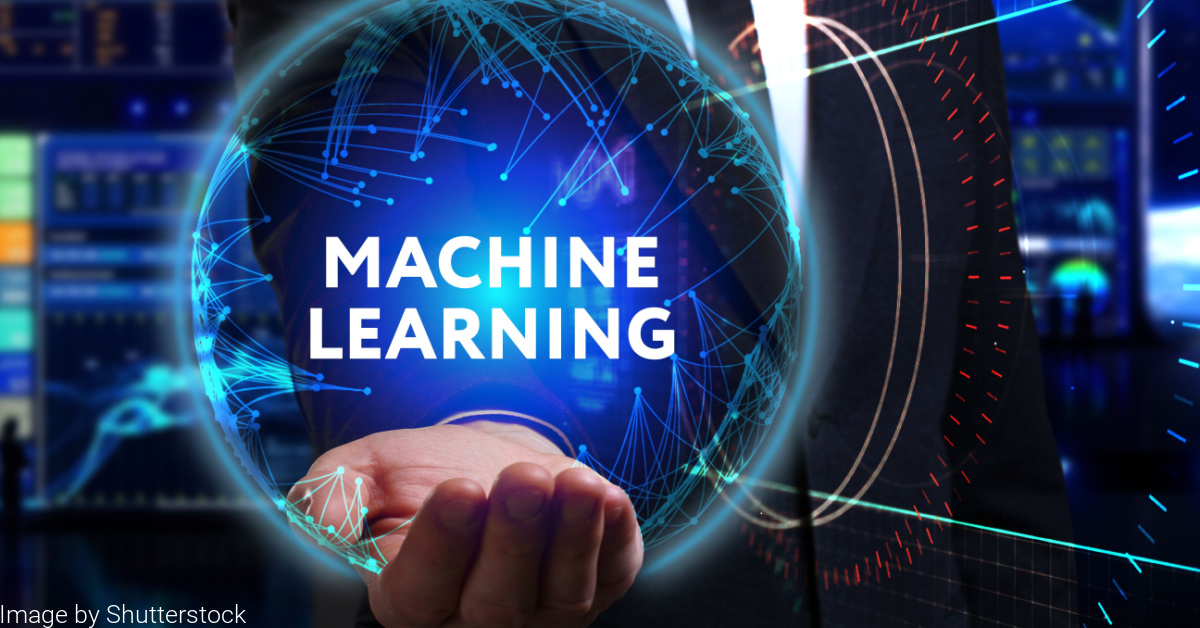History of Machine Learning – The Complete ML Timeline
- August 28, 2023
- Posted by: Aanchal Iyer
- Category: Machine Learning

Machine Learning (ML) – a subset of Artificial Intelligence (AI), boasts of impressive capabilities. ML is a field of computer science that deals with creating algorithms that learn from data. An ML algorithm enables software for unsupervised learning. The algorithm seemingly grows “smarter” and becomes more accurate at forecasting outcomes, by analyzing historical data.
History of Machine Learning
The idea of Machine Learning arose from the mathematical modeling of neural networks. In 1943, Walter Pitts and neuroscientist Warren McCulloch, published a paper that attempted to mathematically map thought processes and decision-making in human cognition.
Let’s study the timeline of ML in brief. Read on.
Turing Test: 1950
In 1950, Alan Turning proposed the Turing Test, which was the litmus test for machines being deemed as “intelligent” or “unintelligent.” The goal of the test was to determine whether machines can think intelligently and display some form of emotional capability. In this test, the goal was to understand whether a machine is considered human or not by the questioner. Several attempts to create an AI that can pass the Turing Test have been made, but no machine has yet successfully done so.
Computer Checkers: 1952
Arthur Samuel created the first computer program to play championship-level checkers. His program used the alpha-beta pruning technique to evaluate the chances of winning a game. This method is still widely used in games today.
Frank Rosenblatt – The Perceptron in 1957
In 1957, psychologist Frank Rosenblatt developed an ML algorithm known as the Perceptron. The Perceptron was one of the first algorithms to use artificial neural networks.
The Nearest Neighbor Algorithm: 1967
The Nearest Neighbor Algorithm identifies patterns within large datasets. The objective of this algorithm is to detect similarities between two items and identify the item closer to the pattern found in the other item.
The Backpropagation: 1974
Backpropagation enables neural networks to recognize patterns. However, it is also used in to generalize data sets to new instances. The goal of backpropagation is to improve the accuracy of a model by adjusting its weights. This in turn helps to predict future outputs more accurately.
The Stanford Cart: 1979
The Stanford Cart is a robot that can move independently in space that reached an important milestone in 1979. The aim of this cart was to avoid obstacles and reach a specific destination.
The Growth of Machine Learning
The growth of ML in the 21th century is a result of Moore’s law. As computing power became more affordable, it was possible to train AI algorithms using more data. This led to an increase in the accuracy and efficiency of ML algorithms.
Machine Defeats a Man in Chess: 1997
The IBM supercomputer Deep Blue won against chess grandmaster Garry Kasparov in a chess match. It was the first time a machine had won in chess and this was a landmark event.
Software Library Torch: 2002
Torch was designed by Geoffrey Hinton, Pedro Domingos, and Andrew Ng to develop the first large-scale free ML platform.
Geoffrey Hinton, the father of Deep Learning: 2006
Geoffrey Hinton publishes “A Fast Learning Algorithm for Deep Belief Nets” which signifies the birth of deep learning. This paper shows that by using a deep belief network, a computer can recognize patterns in images.
Google Brain: 2011
Google Brain is a research group of Google that studies AI and ML. The group works closely with other AI research groups within Google such as the DeepMind group. Their goal is to design machines that learn from data, comprehend language, respond to questions in natural language, and have common sense reasoning.
DeepFace: 2014
DeepFace – a deep learning algorithm is part of the organization “Meta”. It consists of several layers of artificial neurons and weights that link each layer to its neighboring ones. The algorithm is great in pattern recognition and ML tasks.
Breakthrough in the History of Machine Learning – ImageNet Challenge: 2017
The ImageNet Challenge is a competition in computer vision running since 2010. The challenge concentrates on the abilities of programs to process patterns in images and identify objects with changing degrees of detail.
Present: State-of-the-art Machine Learning
Different fields from fashion to agriculture leverage ML. ML algorithms can learn relationships and identify patterns between data, detect predictive insights, and extract information that is otherwise too difficult to find. Today’s ML algorithms can manage large amounts of data with accuracy in a short period of time.
ML in Robotics
The field of robotics makes use of ML for various purposes such as clustering, classification, regression, and anomaly detection. It helps improve a robot’s ability to interact with its environment.
ML in Healthcare
ML has made a significant impact in the healthcare industry with its ability to diagnose and treat diseases. It can also detect patterns and relationships in data while helping doctors make better decisions for patients.
ML in Education
Using ML, you can track the progress of students and their overall understanding of the material they are studying. ML can also personalize the educational experience for each student by offering exclusive content.
AutoML – The Future of Machine Learning
AutoML is an ML algorithm that automates the process of training and tuning ML models. These algorithms can speed up the development processes, for small startups right up through larger organizations. To sum up, if you are looking to automate any part (or all) of your ML workflow, then AutoML is likely something you will want on your radar!
Conclusion
ML has come a long way since its modest innings in the early 1940s. Today, ML helps with a variety of tasks, from facial recognition to automatic driving. With the right dataset, ML can accomplish almost anything. As the field of ML continues to grow, we can expect to see even more amazing applications in the future.
